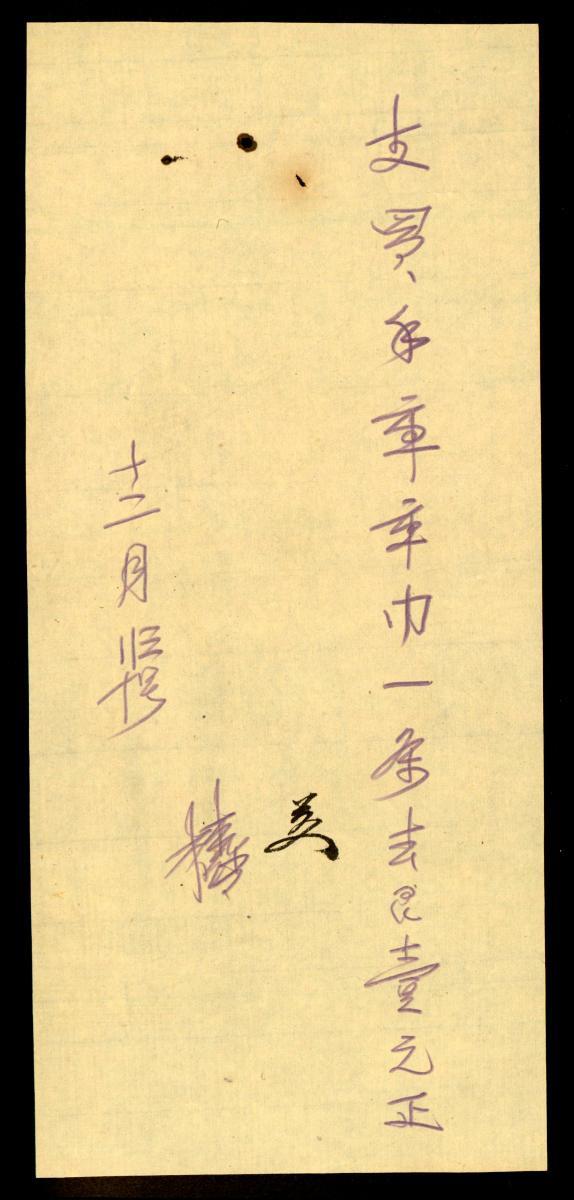This hollow cast bronze mirror handle is decorated on both sides with figures amongst foliage and cloud-like motifs, in a style that is more typical of East Javanese bronzes. The seated figure, perhaps represents the hero Arjuna in the Hindu story Arjunavivaha, who was said to have meditated in a cave on Mount Indrakila in order to obtain the magic weapon known as Pasupati. This ascetic practice gave him such great supernatural powers that Indra sent two nymphs to distract him, seen here in the two figures above.A wide range of bronzes were made for domestic and ritual use in Java during the 10th to 16th centuries. They include objects perhaps used by Hindu Buddhist monks, such as images of deities, bells, ritual staffs, offering vessels and lamps. Mirrors have been found in association with these ritual objects and are thought to represent insight into the ultimate truth.















